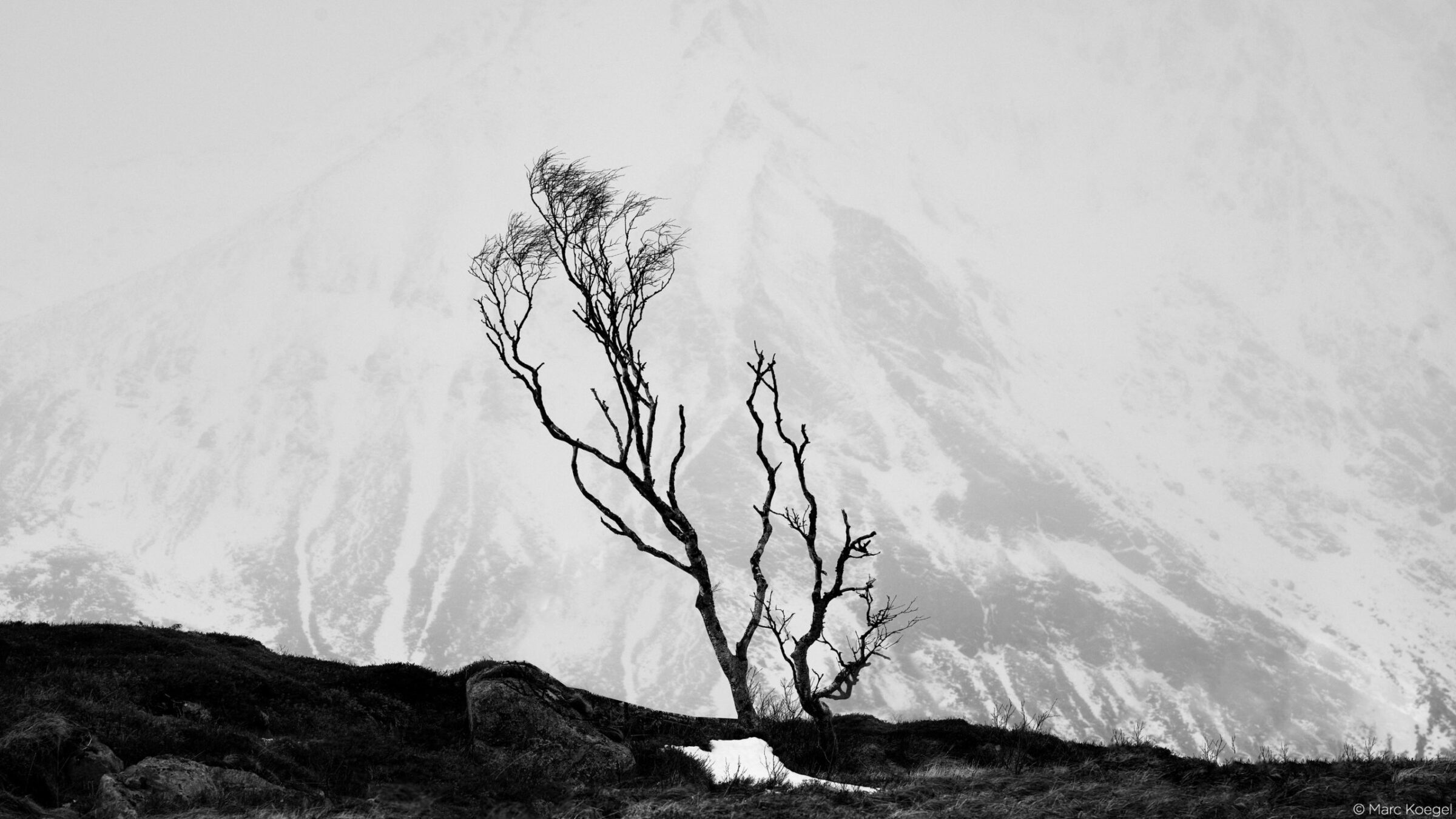Why I photograph
I photograph to have life experiences and to share them with family, friends and the rest of the world. My camera has taken me to dozens of countries and opened many doors. It has led me to strangers who invited me into their lives. Without photography, I simply would have missed out on many memorable, enjoyable and inspiring adventures.
I believe that the journey is much more fascinating than the destination. You have to enjoy what you are doing, and when you do, photographs will find you. I do plan some projects and journeys beforehand, but as often as I can, I do enjoy just responding and reacting to what is presented in front of me.
My aesthetic
My photographic style is black & white, minimal, silent, fine art landscape and architecture photography. I’m interested in interpretation rather than representation of a given scene, subject and location. This is, in short, why I chose to work in black & white. I have been in love with it ever since I started seriously exploring photography about 20 years ago. Sure, I have flirted with color a few times over the years, but I feel that black & white is more expressive and mysterious. It stimulates the viewer’s imagination much more than a color photograph can.
Having an achromatic digital camera, meaning one that records no color information at all, is a dream come true for any photographer excited to work in black & white. The absence of color gives an unmistakable direction to my work and frees and focuses my mind.
Some people may think that by choosing an achromatic camera, one limits their creative opportunities. It’s true that color can easily be converted, but for me, such limitations promote creativity. It’s similar to going out with too much gear. Too many choices can lead to paralysis, both practically and creatively. In the field, I don’t waste time wondering about how a particular scene would look in color, and I don’t waste time working on conversions in post-production. It’s really like loading black & white film – you make the choice before you head out in the field.
Aside from my choice to focus exclusively on black & white photography, I use post-production to take what I have created in the field and enhance it to further elevate and interpret the scene in line with my aesthetic. Post-production is really where my images come together.
Journey to Norway
I received my new IQ4 150MP Achromatic Digital Back just a few days before embarking on a 10-day trip to the Lofoten and Senja, in the north of Norway. Lofoten is known for a distinctive scenery with dramatic peaks, open sea and sheltered bays, beaches, and untouched lands. In recent years, this area has become very popular with photographers. Located just north of Lofoten, Senja is the second-largest island in Norway. It offers similarly rugged terrain, but feels more remote and even less developed. The rugged terrain can be challenging, but good quality snowshoes will get you access. There was a lot of snow during my visit, and a lot less photographers. Needless to say, I was happy about both.
Photographing in a popular place like Lofoten can be challenging if your intention is to create unique and personally-meaningful photographs. Although I avoided most of the highly frequented photography locations during my visit, I did decide to stop at Hamnøy for one of the most iconic views of Lofoten.
It’s all about the big (and small) details
I ultimately chose the Phase One IQ4 150MP Achromatic not just for my dedication to black & white photography, but also for its unmatched resolution and image quality, both of which provide me with excellent print quality. I offer fine art prints in various sizes, but the larger sizes (40 inches and larger) outsell the smaller by a big factor. This makes the high resolution and quality essential for my work.
Having high resolution also allows for more freedom when cropping, which is an important advantage if the majority of your work is in square or panoramic formats. With previous camera systems, I needed to stitch images into a panorama to maintain suitable print resolution. With the IQ4, I can use a single exposure for most applications, while merging frames is now most useful for mural size prints or even larger.
Many of my photographs are created using long exposures ranging from a few seconds to well over an hour. The IQ4 150MP Achromatic produces the least noise and highest image quality of any digital camera I have used to date.
Flexibility in modularity
I use the same IQ4 150MP Achromatic Digital Back with two different camera systems. The Phase One XF Camera System provides me with a highly portable solution that is well built and has made it through some really tough conditions I’ve subjected it to. It’s my choice for any handheld shooting situation thanks to the autofocus and waist-level finder. It is also my choice when exploring a location for the first time, or when I need long lenses. It allows me quick and intuitive operation, so I can concentrate on seeing and creating.
The other system I work with is the Cambo WRS technical camera with Rodenstock lenses. In many ways, this camera is the exact opposite of the XF, and therein lies its value. This camera offers shift movements with all lenses in a very compact form factor. The shift can be used to correct for converging lines, as well as to create “perfect” panorama imaging with the sensor (aka the digital back) moving within the image circle. What is more, there is some amazing wide-angle glass available, all the way down to 23mm. The Cambo is an all manual camera system with no autofocus, no metering, and it does require the use of a tripod. Thus, it takes some time to operate – but I enjoy that kind of slow and deliberate workflow.
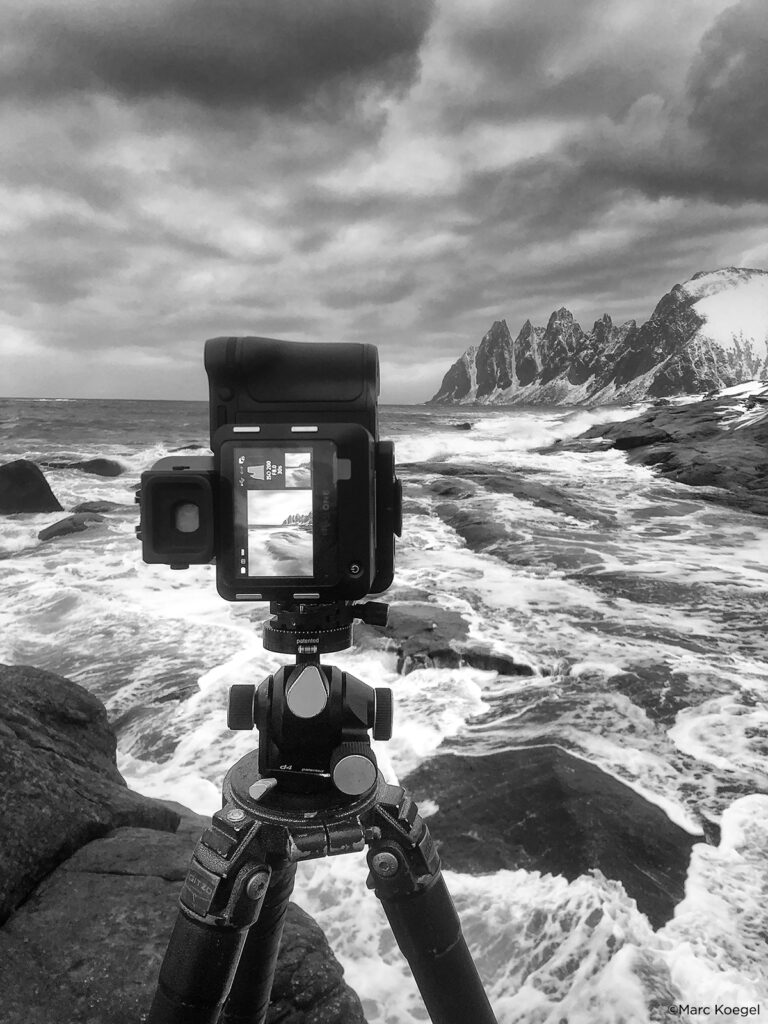
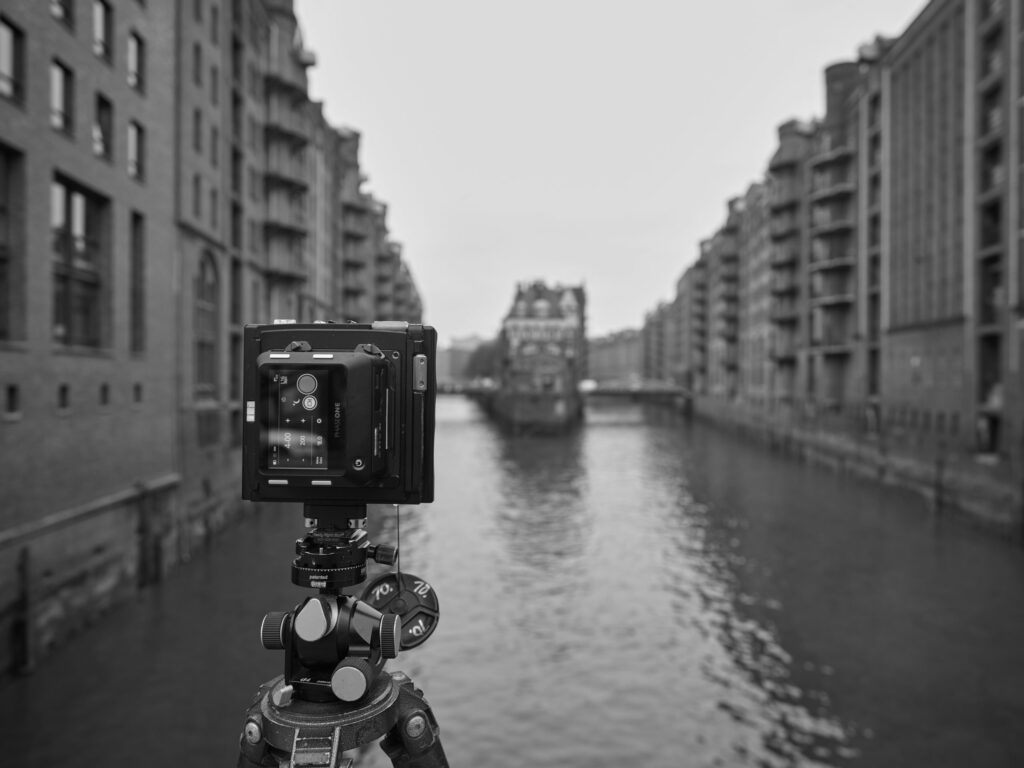
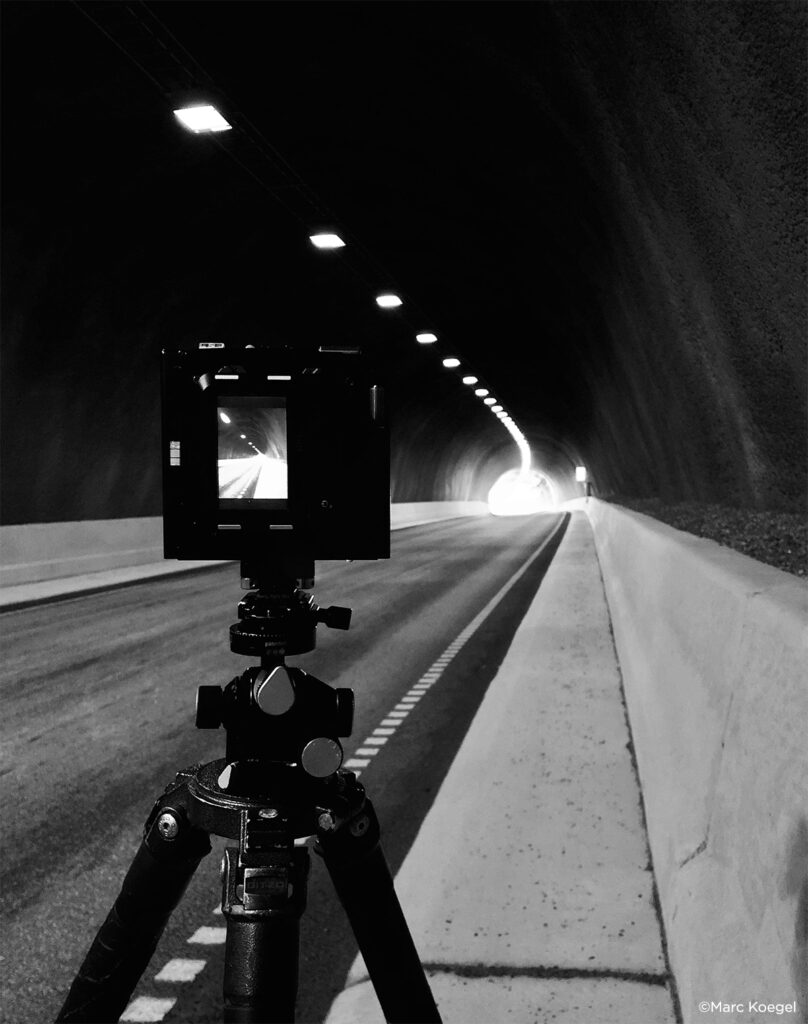
Post-Production – Finalizing my aesthetic
Starting as a film photographer, I began working digitally with the aim to ‘get it in camera’. Over the years this approach changed, but I still strive to get as close to the final vision inside the camera as possible. One big reason I use the Achromatic back is to get black and white right out of camera. This omits the conversion step altogether, so I can get to work on further processing much quicker. I use Capture One to process my RAW files. For the majority of my photographs, RAW adjustments are simple and only include exposure, high dynamic range controls, cropping and perspective correction. For most of the heavier lifting, including local adjustments, I jump right into Photoshop.
One exception is when I am in the field and I am trying to get a quick understanding of the adjustment opportunities for a given photograph. Capture One has excellent local adjustment tools (aka layers) that allow for quick feedback and surprisingly high-quality adjustments without ever leaving the application. This can be very valuable when time is of the essence, or I am on my Laptop where Photoshop runs slow with the large files it creates.
I am driven to produce the best possible prints, and as mentioned above, during that process I am focusing on interpretation rather than representation. Part of my aesthetic is the use of grain, aka digital noise. I used to develop Kodak TRI-X 400 film in Agfa Rodinal, diluted 1:10 with water. That dilution produced high acutance, pronounced grain with sharp edges (not muddy, larger grain that is characteristic of higher ISO stock) A similar aesthetic can be achieved today by applying digital grain. This produces beautiful prints and adds some texture to typically featureless areas such as snow and cloudless skies. In my humble opinion, it helps to produce soulful prints.
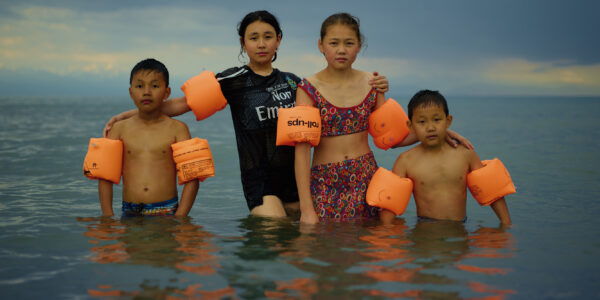
Photographer Stories
Intimacy in focus: Louise’s lens on humanity with Phase One_Part1
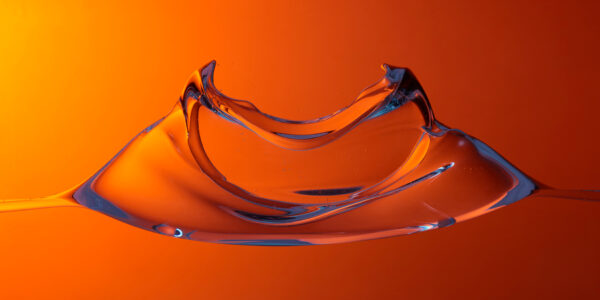
Photographer Stories
Dimitri Newman: Vision is Just the Start
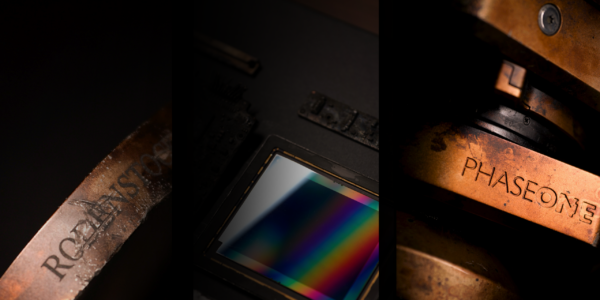
Photographer Stories
Ashes: The Rebirth of a Camera- Hexmalo
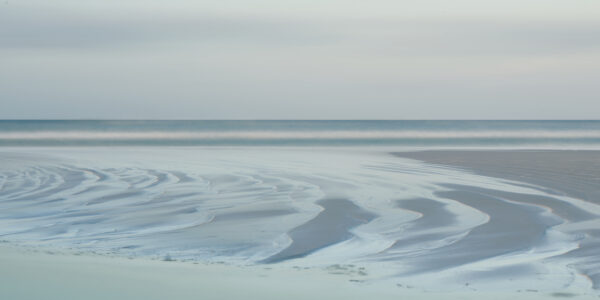
Photographer Stories
Chandler Williams: A Photographer’s Path
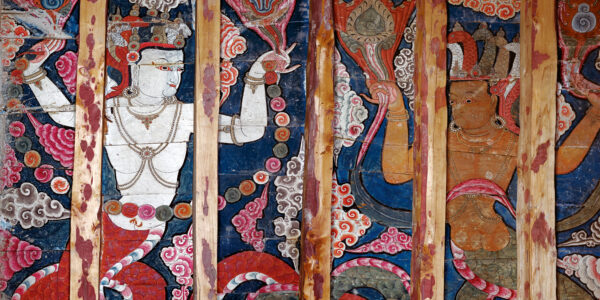
Photographer Stories
TABO- Gods of Light
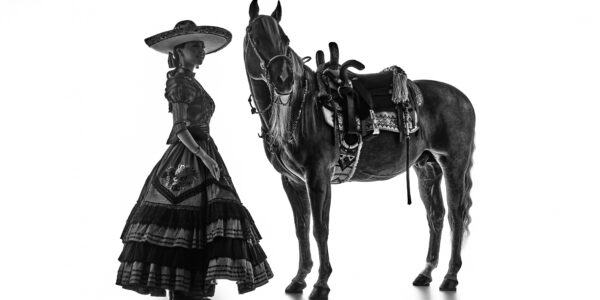
Photographer Stories
Loreto Villarreal – An Evolving Vision
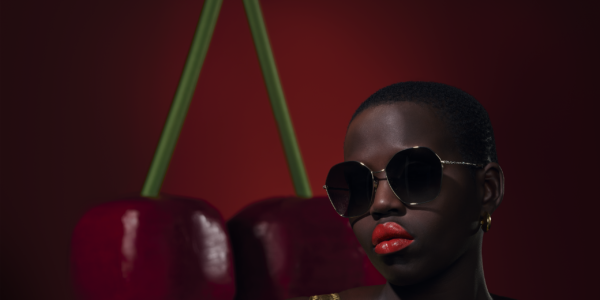
Photographer Stories
Tobias Meier – Storytelling Photography
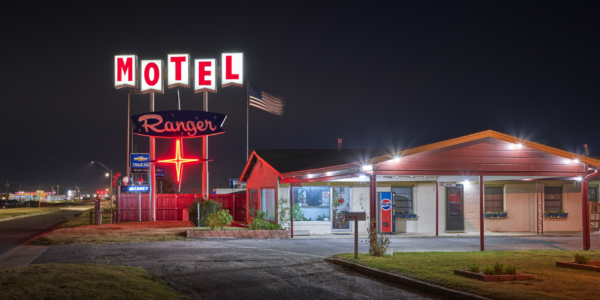
Photographer Stories
Gregory Essayan – Curating Reality
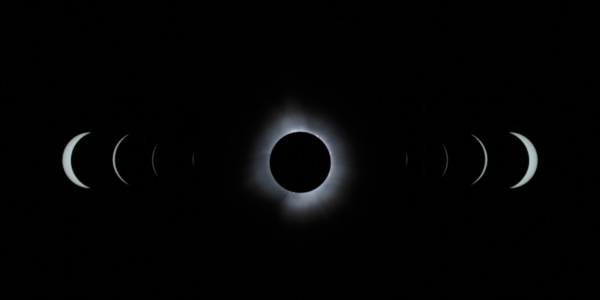
Photographer Stories
Total Solar Eclipse – Matthew C. Ng
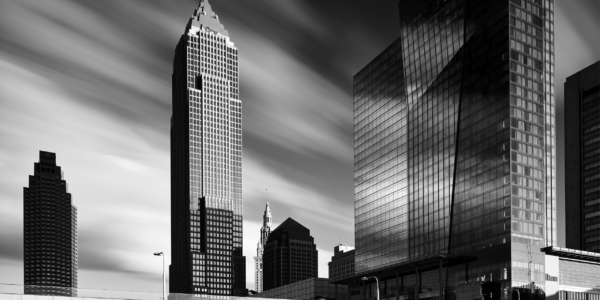
Photographer Stories
Roger Mastroianni – Frame Averaging
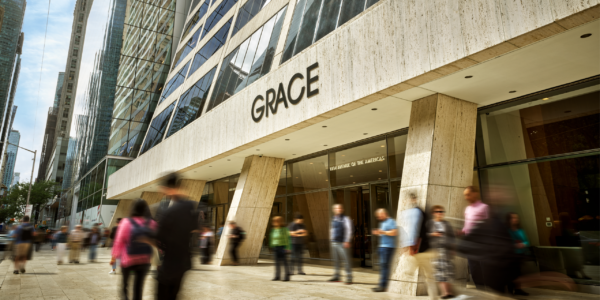
Photographer Stories
Matthew Plexman – Bringing portraits to life
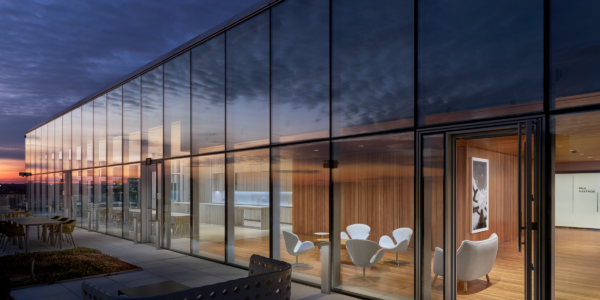
Photographer Stories
Prakash Patel – A Visual Design Story

Photographer Stories
Karen Culp – Food Photography Ideas
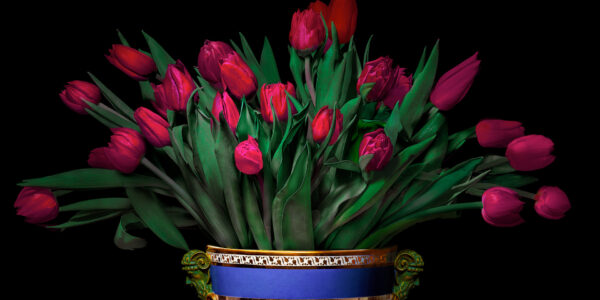
Photographer Stories
T.M. Glass: Flower portraits
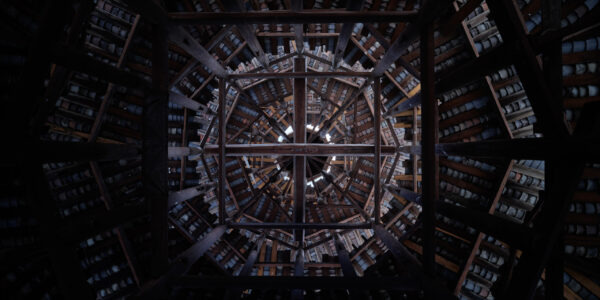
Photographer Stories
Preserving ancient Chinese buildings – Dong Village
